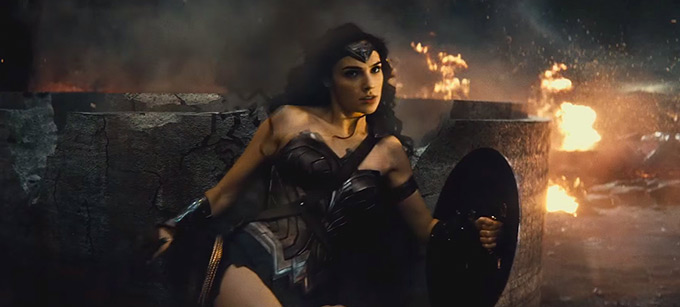 “Blue and orange, blue and orange, blue and orange.” It isn’t just Demize’s ode to the Chicago Bears. It’s actually a fundamental and vital color scheme widely used in film, from genres ranging from dramas to biopics to epics.
“Blue and orange, blue and orange, blue and orange.” It isn’t just Demize’s ode to the Chicago Bears. It’s actually a fundamental and vital color scheme widely used in film, from genres ranging from dramas to biopics to epics.
Why blue and orange? What makes that combination so special? Well, as this new three-and-a-half minute video from The Verge points out, blue and orange are opposite one another on the color wheel. Flesh tones (not everyone’s, of course) tend to fall into the orange range. Blues compliment those tones. So, the “orange toned actor” as Verge humorously phrases it, pops on camera when set against a background hued largely in the blue spectrum. The images this specific color scheme elicits are so vibrant, so aesthetically powerful, that movies of any genre use it to great effect.
READ MORE: Watch: Video Essay Examines Importance Of Settings And Locations In Film
Of course, as any filmgoer today knows, cinema is dominated by a far wider scope of colors than just those that encompass blue and orange range. In fact, to the trained (and untrained) eye, it is often the case that “a movie’s color treatment instantly tell[s] its genre.” For example, colder blue tones (sans orange, ostensibly) often define horror films. Sci-fi pictures, on the other hand, feature a lot of green. Warm red tones dominate romances, while “saturated, vibrant” reds are intrinsic to comedies.
This recurrence of certain colors in specific genres of films is no mistake. “There’s a rule book of emotions that colorists — people who manipulate the colors of film — follow.” It all has to do with that color wheel referenced above. Studies have shown that the brain generates emotional and unconscious responses to different colors, and tools like color grading, widely used since much moviemaking has gone digital, enable colorists and filmmakers to play with and adjust a film’s color scheme, thereby allowing them to achieve the exact look, hue, and feel they want.
Check out The Verge’s video below for more on how filmmakers use color to manipulate their audiences.

